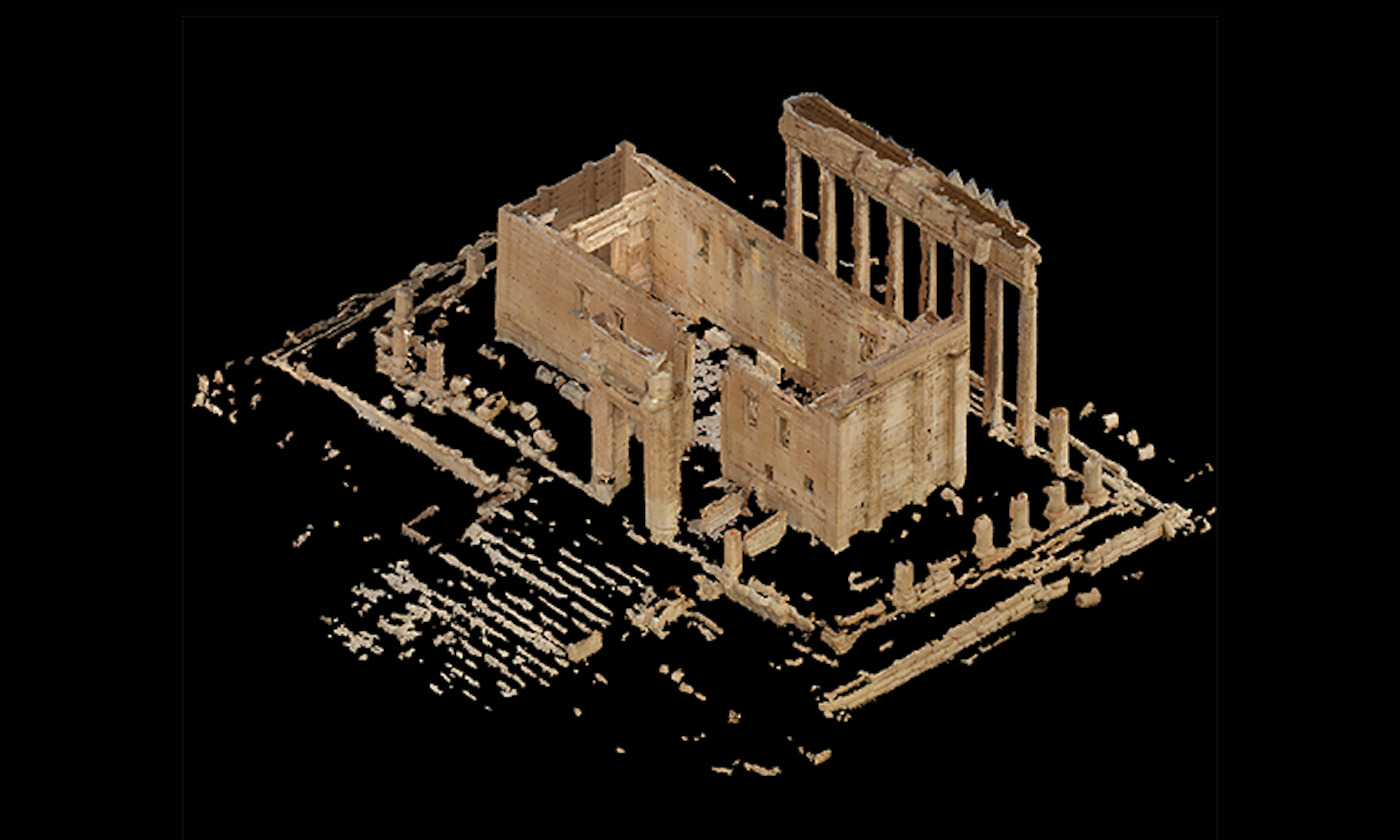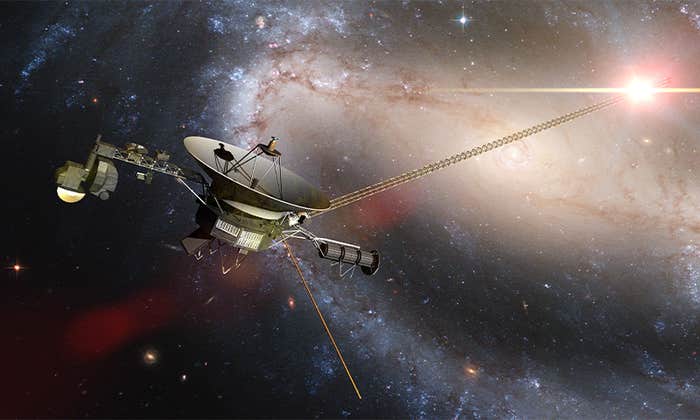In 2017, Bassel Khartabil, a human-rights activist and software developer who ran a hacker space in Damascus, was abducted and assassinated by the Syrian government during the Syrian civil war. Khartabil had been working to build a 3-D model of the ancient city of Palmyra, as it would’ve looked in the second century A.D., at the height of its powers, to counter its systematic destruction by ISIS, a Salafi-jihadist terrorist organization.
As word of his imprisonment and later death spread, friends launched a social-media campaign to collect tourist photos of Palmyra so that his work could continue through an international project called #NewPalmyra. Researchers at the University of California, San Diego Library’s Digital Media Lab, led by Scott McAvoy, an expert in 3-D data processing, reconstruction, and archiving, tapped this collection to digitally resurrect the ancient city using photogrammetry, a method which may help architects and conservationists as they begin to rebuild the site.
Once known as “the pearl of the desert,” Palmyra largely looks like a pile of rocks today. Greek, Roman, Islamic, and Persian influences left their imprint on the monumental temples, arches, tombs, and theaters of the city, which was a major cultural force in the first and second centuries. Though Palmyra was surprisingly well preserved into the 21st century—UNESCO designated it a World Heritage site in 1980—during the recent war, ISIS reduced many structures to rubble.
The aim of the UCSD project is to build digital doubles of every single piece of stone used in the ancient city’s construction and make these available to researchers, conservationists, epigraphers (who translate ancient writing), and the public into perpetuity, says McAvoy.
McAvoy zooms in to point out some Byzantine angels in one fresco.
The UCSD researchers have already recreated the Temple of Bel, the center of religious life in early Palmyra. It’s open for virtual exploration and publicly available on the library’s Digital Collections website. This is thanks to over 3,000 photos tourists took over a 10-year period before the ISIS attacks, which they donated to #NewPalmyra, as well as images from the Roman Society and Oxford University.
“What we have is a model that is a composite” of thousands of photos, says McAvoy. “A Polish tourist in 2012 using a Nikon camera and a Japanese tourist taking a different photo in 2014 on a Canon—all this data can merge together” to create a digital double.
An image of the digital model of the Temple of Bel, which resembles a classic ancient Greek or Roman temple, was recently selected by online voters from a database of thousands as a winner in the UC San Diego Library’s annual Art of Science contest. On a video call, McAvoy zooms in to point out some Byzantine angels in one fresco and some lettering in Aramaic on an adjacent wall. The model contains lost reliefs, sculptures, paintings, frescos, and inscriptions in many languages from different periods. The temple lived multiple lives: It served consecutively as a Greek, a Roman, and later a Christian temple, as well as a mosque, a fort, and a village center, and its walls reflect this history.
To build their model, the UCSD Library researchers used algorithms, data modeling, and photographs taken from different but partially overlapping views, as well as data about lens size, lighting, and other camera settings related to each photo, to triangulate coordinates, make precise measurements, and stitch together a composite. (The photo-sharing site Flickr, which tourists used to store their images, saves this kind of information unlike some other sites, like Facebook.) The process they used, called digital photogrammetry, can produce models with resolutions of up to 10 microns, smaller than the width of a human hair.
“The big push that we’re doing is to try to have a platform where anybody can access this type of data, where they can see where it came from, that the people who made the data are credited, as an academic work,” says McAvoy. “And this is really important, for an art historian to use for a project, or for a researcher who wants to use this for a conservation effort. They need to know all of these details—where it came from, how it was constructed, how much they can trust it.”
Perhaps Khartabil’s dream of a restored Palmyra will be realized, after all. ![]()
Lead image: Scott McAvoy


























